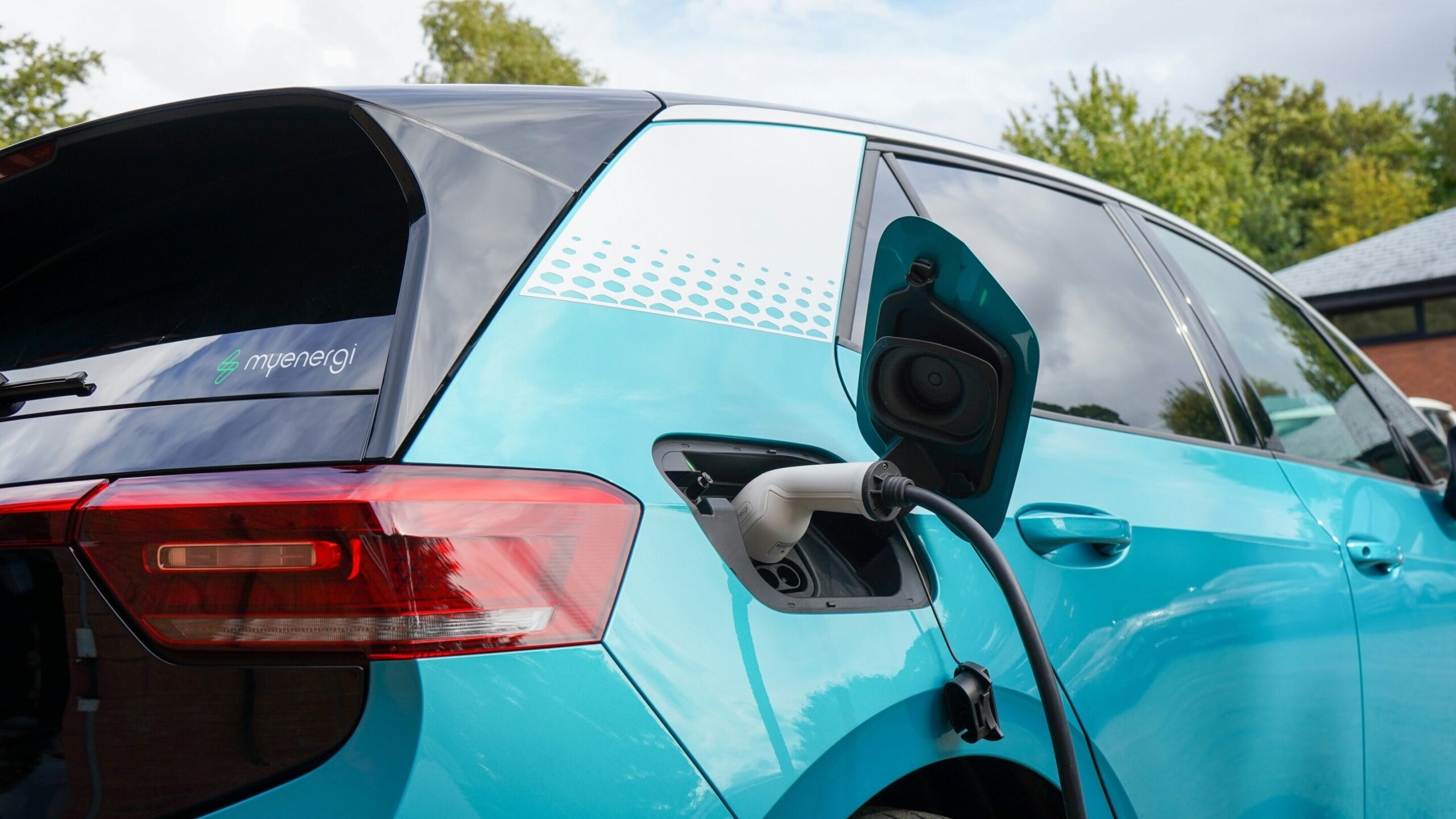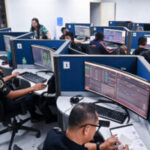by Milad Haghani, Abbas Rajabifard, Thomas Wiedmann, Simon Gossmann and David A. Hensher, University of Melbourne

Our cars are responsible for about 20% of global carbon emissions. The move to electric vehicles (EVs) is central to the effort to decarbonize the world’s transport.
Electrifying only half of passenger cars could cut 1.5 billion tonnes of CO₂ annually.
But the clean-energy transition is also creating a new extractive frontier: the minerals that power electric car batteries.
The same forces that once shaped the geopolitics of oil are re-emerging around the minerals that power the electric revolution.
So how much of these materials does a single car really need? How rare and expensive are they to extract?
And if EV production keeps rising at today’s pace, can global supply and the environment sustain the demand? It’s an issue we explored in our recent Nature Correspondence.
Electric car market is growing—and so is the demand for minerals
Right now, only a small fraction of cars worldwide is electric. But electric car sales have exploded, surpassing 17 million units in 2024—more than one in five new cars sold worldwide.
By 2035, over half of all new passenger vehicles are expected to be electric. This shift will slash tailpipe emissions, but it is also fueling an unprecedented scramble for minerals.
On average, an EV contains six times more mineral content than a petrol car, most of it locked inside its battery, which itself can weigh half a tonne.
A typical 60–80 kilowatt-hour lithium-ion battery—the size used in most mid-range EVs—requires around 30 to 35 kilograms of nickel, eight to 10 kilograms of lithium, nine kilograms of cobalt, 10 kilograms of manganese and often 50-100 kilograms of graphite (the most plentiful of these minerals on the planet).
Although battery chemistries are evolving and becoming more efficient, the mineral demand per vehicle remains substantial.
According to the International Energy Agency, global demand for these key materials could increase four- to six-fold by 2040 under current policy settings.
Battery minerals already account for a large share of an EV’s cost—typically 30 to 40% of the total vehicle value and that’s mainly because these minerals are expensive.
Extraction of each mineral carries its own challenges. They can create damaged landscapes, toxic pollution and dangerous working conditions.
Lithium extraction is water-intensive, threatening fragile salt-flat ecosystems in Chile and Bolivia. Cobalt is mostly mined in the Democratic Republic of Congo, often under unsafe labor conditions. Nickel and manganese extraction generate high carbon emissions, while graphite processing in China raises pollution concerns.
The minerals arms race is underway
The transport electrification boom has sparked a quiet race for control over the minerals that make it possible.
Lithium, nickel, cobalt and graphite are not evenly distributed: most cobalt comes from the Democratic Republic of Congo, nickel from Indonesia and the Philippines, lithium from Australia and Chile, and graphite refining is dominated by China.
That concentration means mineral supply chains are becoming increasingly political.
In April, US President Donald Trump signed an executive order fast-tracking seabed exploration and mineral-processing projects, explicitly casting access to critical minerals as a strategic contest with China.
Beijing, meanwhile, has tightened export licensing for rare earths and graphite products
Australia, too, is being drawn into this competition. Prime Minister Anthony Albanese’s recent visit to Washington included a new agreement on critical-mineral cooperation.
Attention is going offshore
As demand for critical minerals accelerates, attention is turning to the ocean floor—one of the planet’s last unexplored resource frontiers.
Vast stretches of the Pacific seabed, particularly in the Clarion-Clipperton Zone between Hawai’i and Mexico, are carpeted with polymetallic nodules rich in nickel, cobalt and manganese.
Mining companies from several countries—including Canada, Norway and China—are lobbying the International Seabed Authority (ISA) for permission to begin commercial extraction.
The small Pacific Island states whose waters lie closest to these deposits often stand to bear the greatest environmental and social risks yet have the least influence over the rules.
Scientists warn that vacuuming nodules from the deep seabed could destroy fragile ecosystems, stir up sediment plumes and disrupt carbon storage processes.
The ISA is still finalizing a mining code to regulate such activities.
The geopolitical race
The global supply of critical minerals is going to remain highly concentrated, creating strategic chokepoints that can be leveraged or disrupted.
This means downstream industries remain exposed to geopolitical risk.
In effect, the race for minerals is shaping into a contest not unlike the oil rivalries of the last century.
One promising development is that battery technology is evolving. New lithium-iron-phosphate (LFP) designs are eliminating cobalt and reducing nickel content by using cheaper and more abundant iron and phosphate.
But widespread adoption will take time.
Recycling could one day supply a significant share of critical minerals, but current operations recover less than 10% of materials globally. Start-ups are scaling up, but the process is energy-intensive and far from closing the loop.
Until these innovations mature, the best lever policymakers have is demand management.
Transport policies that subsidize large electric SUVs (with batteries several times the size of those in small cars) lock in unnecessary mineral use.
Smaller EVs, electric bikes and investment in efficient active and public transport infrastructure can all cut material demand per passenger kilometer.
The green transition must pair decarbonization with material efficiency.
Otherwise, we risk replacing oil dependence with metal dependence, as the scramble to secure critical minerals becomes a new arena for geopolitical competition reminiscent of the oil era.
More information:
Milad Haghani et al, The race for deep-sea minerals could cause geopolitical and ecological harm, Nature (2025). DOI: 10.1038/d41586-025-03429-2
University of Melbourne
This article was first published on Pursuit. Read the original article here.
Citation:
Electric cars may be the ‘green’ choice, but they’re driving a scramble for critical minerals (2025, October 27)
retrieved 27 October 2025
from https://techxplore.com/news/2025-10-electric-cars-green-choice-theyre.html
This document is subject to copyright. Apart from any fair dealing for the purpose of private study or research, no
part may be reproduced without the written permission. The content is provided for information purposes only.










